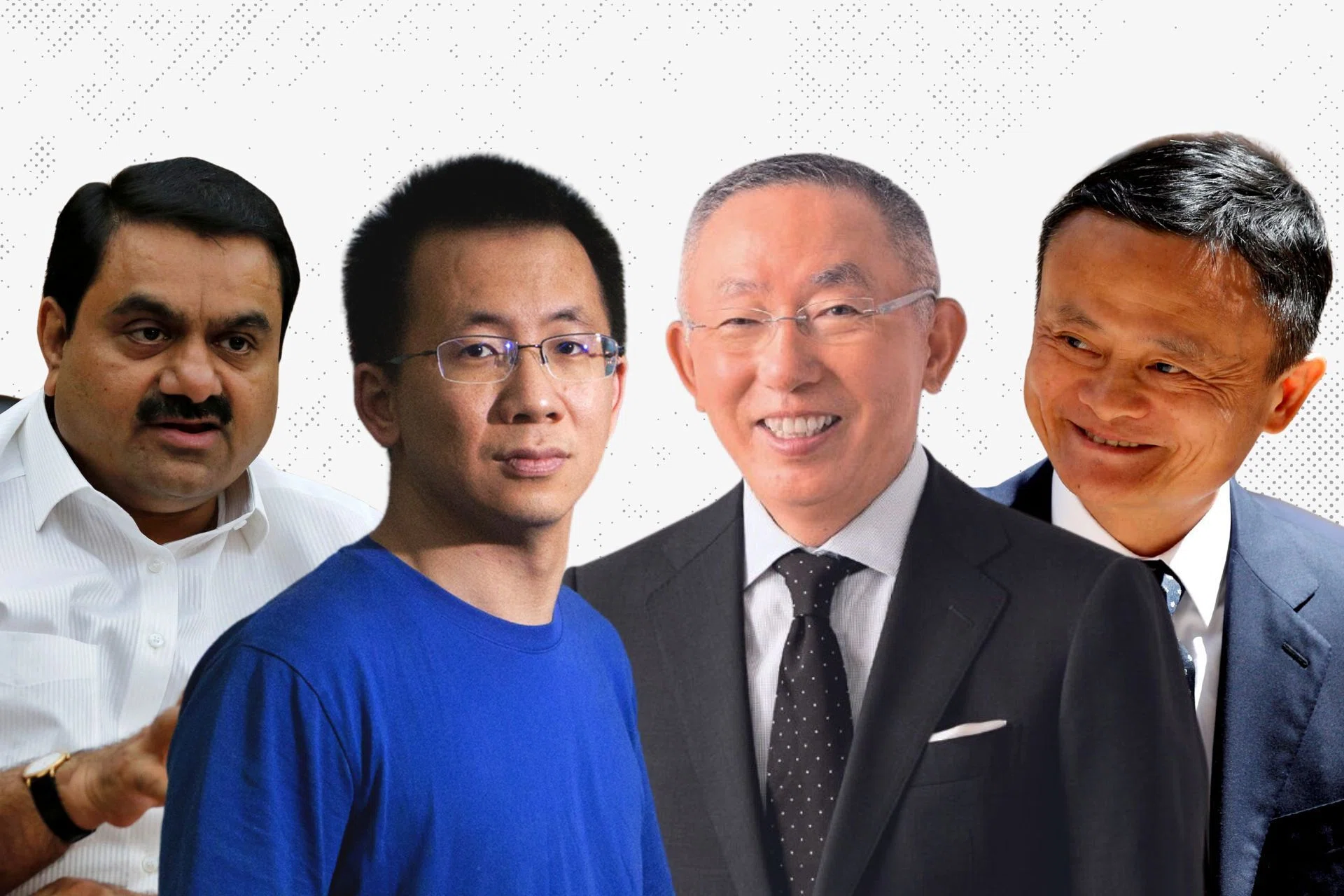Hong Kong – Amid shifting global trade tensions and volatile markets, Asia’s wealthiest individuals remain at the forefront of global business power. The latest Bloomberg data highlights how the region’s top billionaires navigated 2025, with fortunes rising and falling against the backdrop of tariffs, technology booms, and a resurgent Chinese stock market.
India’s Mukesh Ambani, chairman of Reliance Industries, leads the region with a net worth of US$99.6 billion, cementing his position as Asia’s richest man. His diversified empire, spanning petrochemicals, retail, and telecommunications, has seen steady gains this year, lifting his fortune by nearly US$9 billion. Close behind is compatriot Gautam Adani, whose infrastructure-focused conglomerate weathered setbacks, trimming his net worth to US$77.3 billion.
China dominates the list, with seven of the top ten billionaires hailing from the country. Zhong Shanshan, founder of Nongfu Spring, and Ma Huateng of Tencent have seen significant surges, with the latter’s wealth jumping US$16 billion on the back of strong performance from WeChat and Tencent’s gaming operations. Zhang Yiming of ByteDance also added US$15.7 billion as TikTok and Douyin continued to reshape the global social media landscape.
Technology and retail stand out as the defining sectors of Asia’s billionaire elite. Lei Jun of Xiaomi enjoyed a 48.7 percent rise in his fortune, underscoring the smartphone maker’s resilience and aggressive global push. Robin Zeng’s Contemporary Amperex Technology (CATL) has likewise prospered from the accelerating shift toward electric vehicles and renewable energy storage solutions.
Not all gains were uniform. Adani’s decline reflects the pressures of regulatory scrutiny and shifting investor sentiment, while Jack Ma’s partial return to prominence after years of political marginalization illustrates the delicate balance between corporate ambition and government oversight in China.
Beyond the headline figures, these fortunes reflect deeper geopolitical undercurrents. U.S. trade policies, China’s internal economic recalibrations, and the rising strategic importance of technology are shaping wealth trajectories in unprecedented ways. The Shanghai Composite Index’s recent highs point to renewed investor confidence, yet risks tied to global tariffs and regional rivalries remain ever-present.
Asia’s billionaire class continues to wield outsized influence, not only through their companies but also via philanthropy and political engagement. From Colin Huang’s philanthropic pledges to Tadashi Yanai’s retail dominance with Uniqlo, these figures symbolize the intersection of capital, culture, and global power.
As 2025 progresses, the shifting fortunes of Asia’s wealthiest will remain both a barometer of market trends and a lens into the geopolitical rivalries reshaping the global economy. The balance between opportunity and risk has never been sharper for those at the very top of Asia’s economic pyramid.






